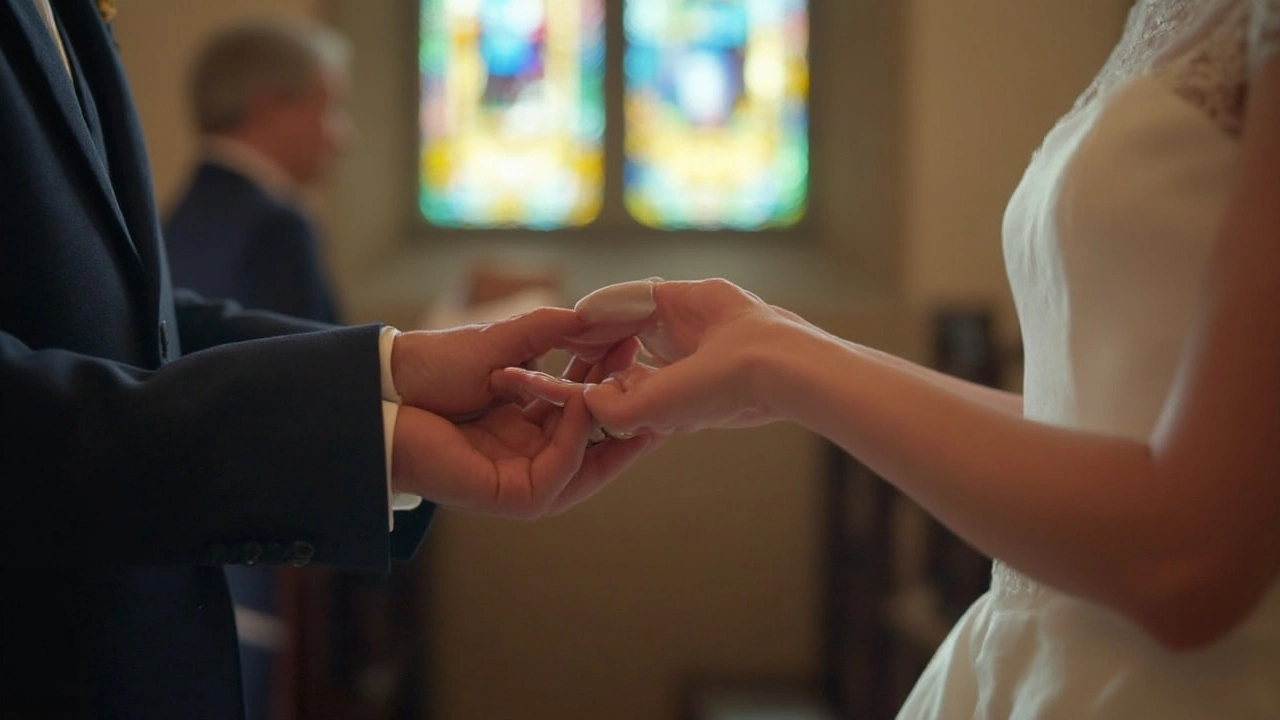Ring Exchange: Who Gives the Ring First and How to Make It Perfect
When you think about the big day, the ring exchange probably pops up first. It’s the moment that seals the "I do" promise, but many couples wonder: who should hand over the ring? The answer isn’t one‑size‑fits‑all, and that’s okay. Let’s break down the history, the modern choices, and a few practical steps so you can feel confident when the music starts.
What Tradition Says About the Ring Order
Old‑school weddings usually had the bride’s father place the ring on his daughter’s finger, then hand it to the groom. The groom would then slide the ring onto the bride’s hand, and finally the bride would place the groom’s ring on his finger. This order highlighted the father’s blessing and the groom’s role as protector.
In the Victorian era, the focus shifted. The couple would simply exchange rings directly with each other, symbolizing equal partnership. That idea stuck around in many countries and is the most common practice today.
Modern Options and Why You Might Choose One
Today you have three easy ways to handle the exchange:
- Direct Swap: The bride and groom each take the other’s ring and slide it on. No one else touches the rings after they’re placed on the cushion.
- Best Man or Maid of Honor Holds the Rings: They keep the rings on a small pillow and hand them to each partner at the right moment. This is handy if you want a little extra help.
- Family Involvement: Some couples still let a parent or grandparent present the rings as a nod to tradition.
Pick the method that feels right for you. If you love the idea of a shared moment without anyone else in the way, go for the direct swap. If you’re nervous about fumbling, let a trusted friend hold the rings.
Here are three quick tips to keep the exchange smooth:
- Practice Once: Do a quick rehearsal during your ceremony walk‑through. It only takes a minute and eases nerves.
- Use a Ring Pillow or Box: A small cushion keeps the rings steady and looks nice on camera.
- Speak Your Plan to the Officiant: Let them know who’s holding the rings and the order you want. A clear cue helps everything flow.
Remember, the ring exchange isn’t about who follows a rule; it’s about what feels meaningful to you both. Some couples even write a short line to say why they’re placing the ring on each other’s finger. That personal touch makes the moment unforgettable.
If you’re still undecided, ask yourself: do you want a traditional vibe, a modern partnership statement, or a blend of both? Your answer will guide the right order.
Finally, don’t stress about perfection. Cameras will capture the emotion, not a perfectly steady hand. Keep it simple, stay present, and enjoy the sparkle of that first shared promise.

- Apr, 4 2025
- Comments 0